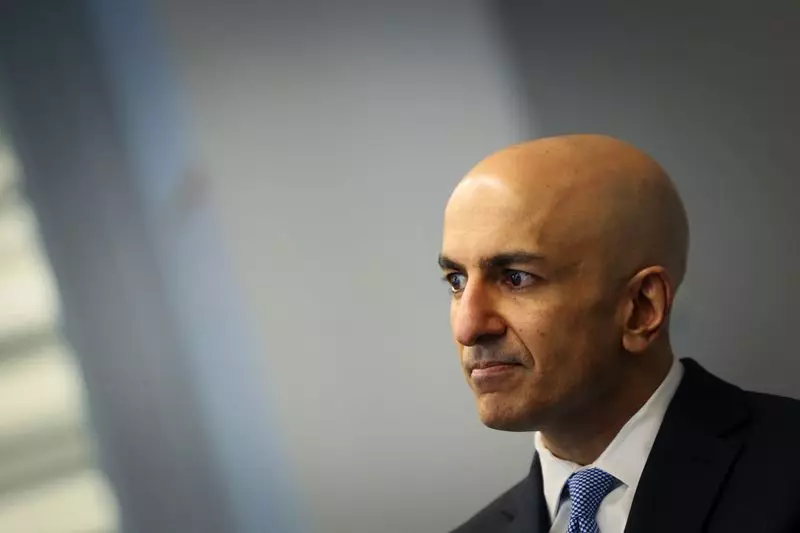Minneapolis Fed President Neel Kashkari recently spoke on the need for higher for longer interest rates, citing uncertainty around the current level of monetary policy. He expressed concerns about the downward pressure being put on the economy by the existing interest rates, highlighting that this is still an unknown variable. This uncertainty suggests that a cautious approach is necessary, and that a wait-and-see approach may be required to better understand the trajectory of underlying inflation.
Economic Resilience and Interest Rates
Kashkari noted that the current interest rates of 5.25% to 5.5% would typically be restrictive enough to slow down the economy and curb inflation. However, due to pandemic-related distortions such as extensive fiscal spending and stimulus measures, the economy has demonstrated more resilience than initially anticipated by the Fed. This resilience has resulted in the current interest rates acting as a moderate brake on economic growth, rather than a significant deterrent.
Impact of Recent Economic Data
Following Kashkari’s remarks, economic data revealed that the consumer price index had slowed down more than expected in the previous month, following several months of surpassing expectations. The producer price inflation report that preceded this showed higher-than-expected figures, causing initial concerns about rising inflation. However, the subsequent consumer price report, which was cooler than expected, alleviated some of these concerns and led to hopes among investors for potential rate cuts in the near future.
Overall, Kashkari’s comments highlight the delicate balance that central banks must maintain when it comes to monetary policy. The unpredictability of economic conditions, coupled with external factors such as fiscal stimulus and inflationary pressures, make it challenging to determine the optimal interest rate levels. As the economy continues to evolve and react to various stimuli, policymakers will need to remain vigilant and adaptable in their approach to interest rates and monetary policy.

